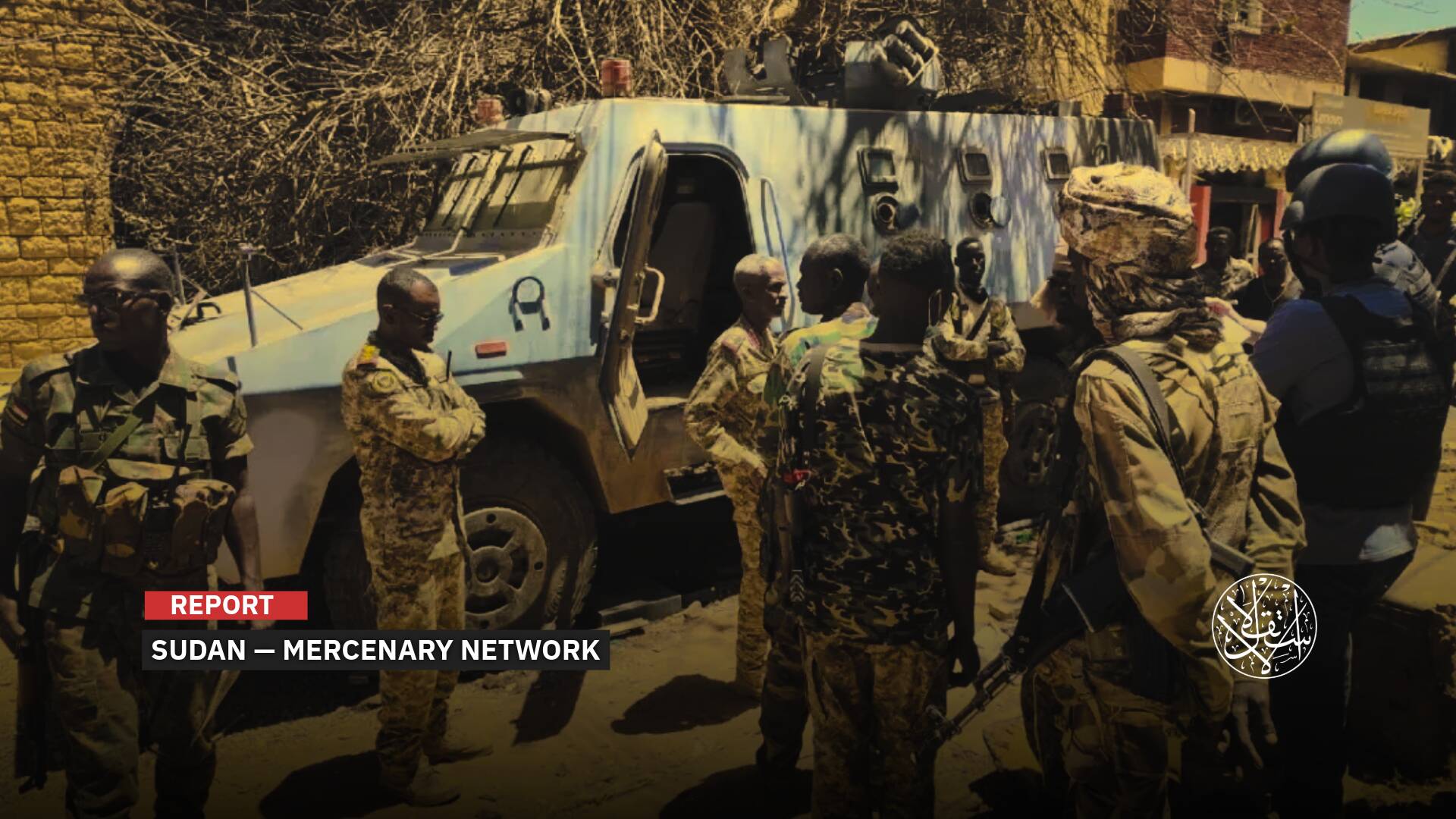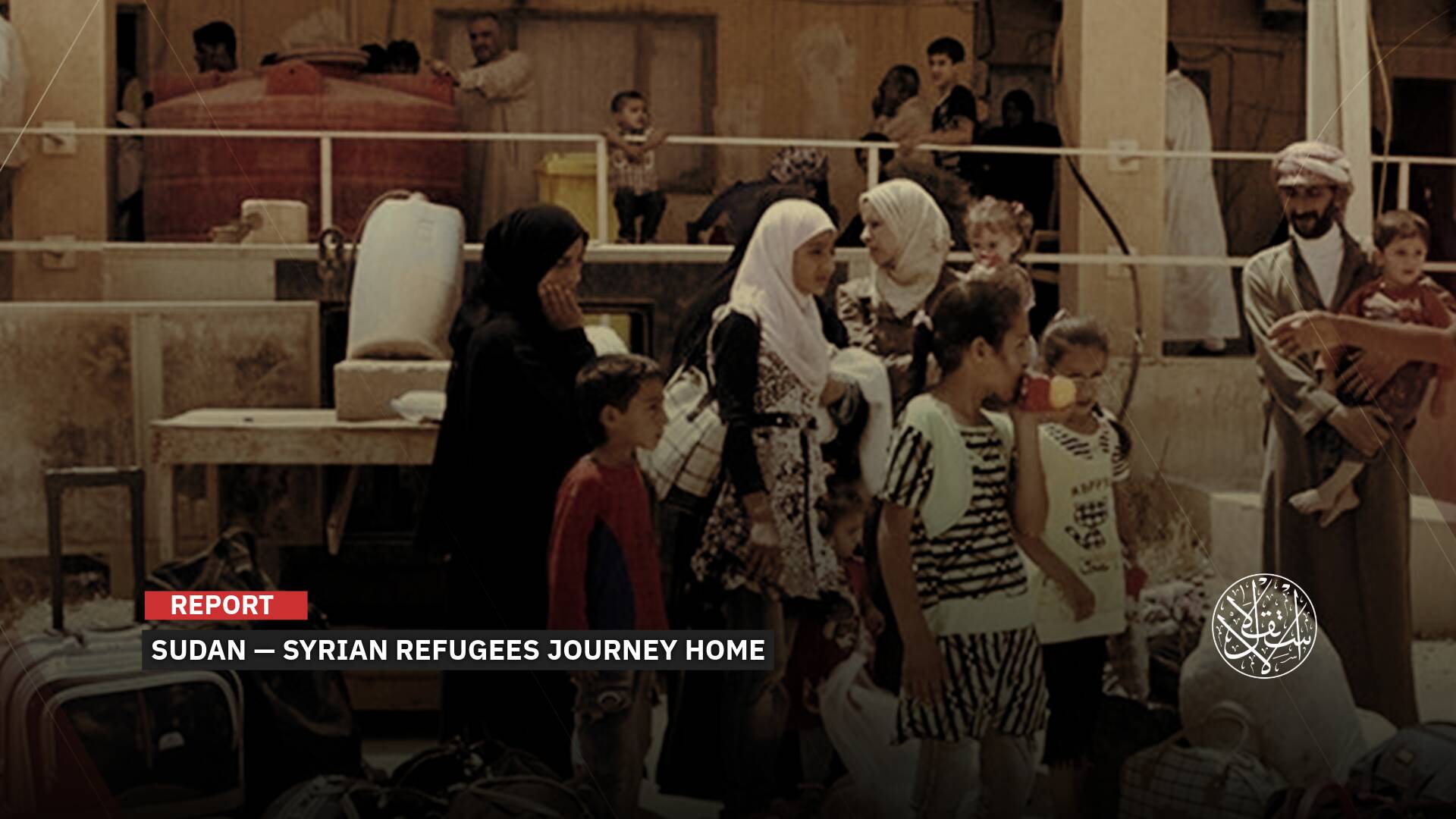Roads of Tragedy: Egypt's Infrastructure Crisis

An Egyptian engineer: Building roads without standards is like building without a foundation.
At the beginning of his rule in 2014, Egyptian head of the regime Abdel Fattah el-Sisi made one of his most famous statements when he declared, "I will build a road network that will hold Egypt together like this," gesturing with his fist to symbolize strength and unity.
Years passed, and new roads were built in the blink of an eye. However, instead of helping citizens reach their destinations, they have led many to their graves, claiming lives in horrific accidents.
One of the most recent tragedies occurred on the new Matareya-Port Said Road on November 14, 2024, when a bus collided with two trucks, resulting in the deaths of 13 people and leaving 22 others injured.
Footage from the scene of the accident revealed that the road was dark, with no lighting along its sides—something many have attributed as a key factor behind the disaster.
The day after the crash, trucks carrying coffins arrived in Matareya, a town in the Dakahlia governorate, located in the northern part of Egypt’s Nile Delta.
Thousands of mourners participated in the funerals of the victims.
This came amid widespread grief and anger over the incident, some locals protested, blocking the road in a display of their frustration.
The ‘Road of Death’
The new road linking Matareya to Port Said was inaugurated in 2022, approximately a year and a half after its announcement.
Spanning 70 kilometers, it was touted as a breakthrough that would cut travel time between the two cities from an hour and a half to just 20 minutes.
While reports celebrated the road as a "lifeline" for the region, its reality concealed catastrophic issues, most notably the lack of basic safety measures.
According to an investigation published by Zawia 3 on November 20, 2024, the two-lane road, lacking any divider, is frequented by a mix of heavy trucks, buses, and private vehicles, making it a potential hotspot for fatal accidents.
The new road has witnessed a troubling series of incidents in recent months. In January 2023, a similar crash occurred when a workers' bus collided with a truck, leaving four dead and 13 injured.
In April 2024, a crash involving two minibuses resulted in 23 injuries. And in August 2024, a truck overturned, killing two and injuring several others.
These repeated accidents have earned the road the grim nickname "The Road of Death," due to the frequency and proximity of the incidents.
The recurring accidents have raised questions about the appropriateness of naming the road "The Safe Belt," especially given the absence of safety measures on a road with such specifications.
Request for Briefing
Soliman Wahdan, a member of parliament representing the opposition Wafd Party, submitted a formal request for a briefing to Parliament Speaker Hanafy El-Gebaly regarding the tragic accident.
"I don’t understand why we only take action after disasters occur... We have repeatedly submitted numerous proposals and requests for briefings to expand the safety belt (the Port Said-Matareya road)," Wahdan stated.
"We have appealed to all responsible officials, warning that this road, in its current state, is a disaster by any measure. In recent times, there has been a noticeable decline in services in Port Said, particularly in public lighting."
"We have urged both the former and current governor of Port Said to implement measures to secure this narrow road, including reflectors and lighting, but to no avail."
According to the MP, 90% of southern Port Said is without lighting, which contributes to the frequent occurrence of such accidents.
In statements made by Dakahlia Governor Ayman Mukhtar in 2023, the cost of road and bridge development in the governorate over eight years amounted to around four billion Egyptian pounds (1 USD = 49.72 EGP).
The development included 97 roads, 21 of which were part of the national plan, and 76 were local roads.
Tragedy of ‘Al-Galala Road’
Despite the government’s expenditure of billions of pounds to develop the road system, whether through constructing new networks or improving the existing ones, fatal accidents have continued to occur.
On October 15, 2024, 12 medical students from Galala University lost their lives, and 33 others were injured in a horrific accident on the new Al-Galala–Ain Sokhna road.
The Public Prosecutor's Office attributed the crash to the driver's excessive speed, with preliminary analysis indicating the driver had been under the influence of a narcotic substance.
Excessive speed, along with non-compliance with traffic laws and the poor condition of roads, are considered the three main factors contributing to this type of accident in Egypt.
Although the authorities placed full blame for the incident on the driver, it wasn’t long before the same road witnessed another crash. This time, 31 girls were injured in a bus rollover.
Opened in 2018, the Al-Galala–Zafarana road was intended as a safer alternative to the notoriously dangerous Sokhna–Hurghada route, but in reality, it has proven otherwise.
The new road has become the site of a tragic series of accidents, raising serious questions about its safety and design.
While officials have maintained that the road was constructed to navigate difficult mountainous terrain, structural flaws or the absence of clear traffic precautions may have contributed to the repeated accidents.
In January 2022, the road saw a minibus overturning, injuring 45 people, while a crane also flipped, killing two on the same day.
In August 2022, collisions between buses and trucks resulted in multiple fatalities and injuries.
In September 2023, a tourist minibus overturned, injuring 22 people.
Even students from Galala University have not been spared, with six students injured in November 2023 when a microbus they were traveling in collided with another vehicle.
The recurring accidents on the Al-Galala–Zafarana road have prompted calls for a reassessment of the road’s design and safety standards.

Death vs. Achievement
According to figures released by Egypt's Central Agency for Public Mobilization and Statistics in May 2024, “Egypt recorded 5,861 road accident fatalities in 2023.”
In terms of accident injuries, 2023 recorded around 71,000 cases, which stands in stark contrast to the government's claims of achievements in road spending.
Between 2014 and 2021, total spending on infrastructure projects reached 1.3 trillion Egyptian pounds, with nearly 474 billion pounds allocated specifically to roads and bridges.
These figures are outlined in the book “vision and achievement[...]Egypt moves ahead” published by Egypt’s Cabinet, which details the country's developmental projects from June 30, 2014, to the same date in 2021.
The new road network extended by 7,000 kilometers for 175 billion pounds, while improving its efficiency covering 10,000 kilometers for 121 billion pounds.
The cost of overhead bridge and tunnel projects amounted to approximately 140 billion pounds. As for the Nile East-West connection axes, 22 overhead routes were built at 38 billion pounds.

Flawed Standards
Egyptian engineer Ahmed Bahaa el-Din, a former employee of the government-run Mokhtar Ibrahim Construction Company, argues that the sheer number of roads and the cost of their construction are not sufficient indicators of success, especially when they lack the proper planning and global standards.
In an interview with Al-Estiklal, Bahaa el-Din likened it to building a structure without a solid foundation, one that has not undergone safety tests or ensured architectural and design specifications are met.
He explained, "Road engineering is a fundamental science relied upon by nations and governments to construct complex and long networks of roads, bridges, and tunnels."
The process begins with a geological study of the area where the road will be built, the types of asphalt used, and the number of layers needed for the structure.
"The implementing authorities must also focus on the design aspect, including cross-sectional and longitudinal designs, as well as the number of intersections along the route," he said.
Furthermore, Bahaa el-Din emphasized that the design should account for the flow of traffic, organizing it in a way that ensures comfort and safety for road users.
One of the key factors he highlighted was that roads must be suitable for the volume of traffic they will carry, which depends on the types of vehicles, their weights, and directions.
This should be done while ensuring safety standards for all road users, including measures to reduce collisions and accidents. The road should be equipped with lighting systems, traffic controls, sidewalk markings, and service boxes.
He further stressed the importance of considering visibility distances, especially at intersections, and determining the maximum safe speed for vehicles on a given road under ideal conditions.
Bahaa el-Din believes the main issue in Egypt lies in the rush to complete roads and the lack of proper testing based on accuracy and time factors.
"If a road requires three years to be built according to the standards, it should not be completed in one or two years. That would result in an incomplete project, with risks outweighing its benefits," he argued.
Moreover, such rushed projects tend to have a shorter lifespan for development and upgrades, and, above all, pose a significant danger to the lives of citizens.









